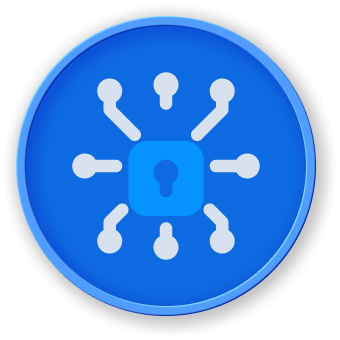Security Enhancement
Authentication Hardening Strategies
1. Password Policy Enforcement
graph TD
A[Password Security] --> B[Complexity Rules]
A --> C[Expiration Policy]
A --> D[History Management]
Implementing Strong Password Policies:
## Configure password complexity
sudo nano /etc/security/pwquality.conf
## Set parameters
minlen = 12
dcredit = -1 ## Require at least one digit
ucredit = -1 ## Require at least one uppercase letter
2. Multi-Factor Authentication (MFA)
| MFA Method |
Implementation |
Security Level |
| Google Authenticator |
PAM Integration |
High |
| SSH Key + Password |
Public Key Authentication |
Very High |
| Hardware Tokens |
Physical Security Device |
Maximum |
MFA Setup Example:
## Install Google Authenticator
sudo apt-get install libpam-google-authenticator
## Configure PAM
sudo nano /etc/pam.d/sshd
Advanced Security Configurations
3. Network-Level Authentication
graph TD
A[Network Security] --> B[Firewall Rules]
A --> C[SSH Hardening]
A --> D[IP Whitelisting]
SSH Security Enhancements:
## Modify SSH configuration
sudo nano /etc/ssh/sshd_config
## Recommended settings
PermitRootLogin no
MaxAuthTries 3
Protocol 2
4. System-Wide Security Monitoring
Audit Logging Configuration:
## Install auditd
sudo apt-get install auditd
## Configure audit rules
sudo auditctl -w /etc/passwd -p wa -k password_changes
5. Comprehensive Security Solutions
| Tool |
Functionality |
LabEx Recommendation |
| Fail2Ban |
Intrusion Prevention |
Highly Recommended |
| ClamAV |
Antivirus Protection |
Essential |
| RKHunter |
Rootkit Detection |
Advanced Protection |
Best Practices for Security Enhancement
- Implement regular security updates
- Use strong encryption mechanisms
- Monitor system logs continuously
- Conduct periodic security audits
- Limit user privileges
6. Automated Security Scanning
## Run security vulnerability scan
sudo lynis audit system
## Generate comprehensive security report
sudo lynis show details
Continuous Security Management
- Keep systems updated
- Implement least privilege principle
- Use centralized authentication
- Deploy comprehensive monitoring
- Regularly review and adjust security policies
Recommended Security Workflow
graph TD
A[Initial Security Setup] --> B[Regular Updates]
B --> C[Continuous Monitoring]
C --> D[Periodic Auditing]
D --> A
Conclusion
Security enhancement is an ongoing process requiring continuous attention, proactive management, and adaptive strategies to protect Linux systems effectively.




